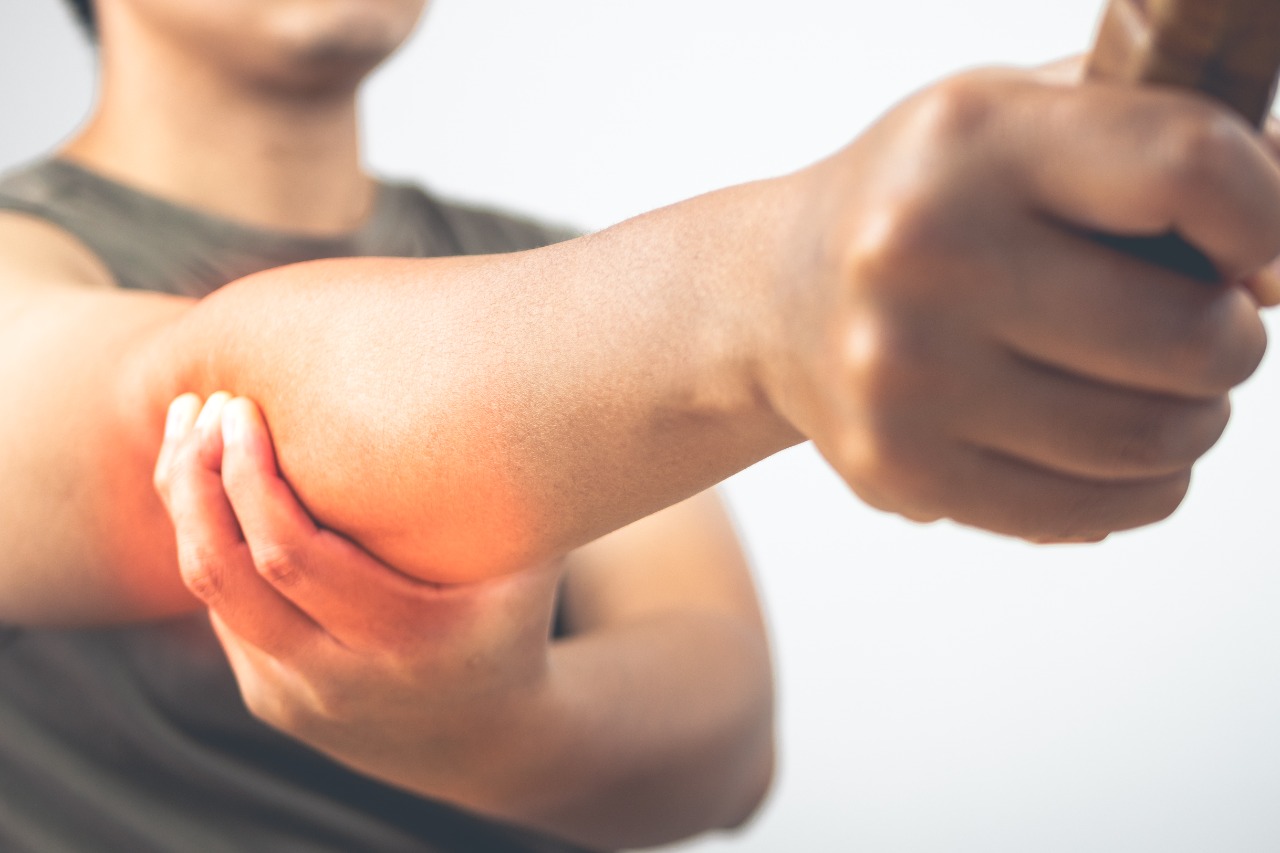Common Sporting Injuries That Affect the Hand and Wrist

Our hands are made up of a complex network of bones, joints, tendons and ligaments. While they are working in perfect harmony, we don’t bother giving it a second thought. It is only when an injury happens that we realize its worth.
Sporting injuries to the hand and wrist are commonly encountered and when given prompt treatment, they heal without any impairment. Thus, it is important not to ignore such injuries and render immediate treatment.
Injuries can be classified into two categories as explained below:
- Acute Injuries: These injuries are sustained by those who play contact sports like football, rugby, etc. Some kind of trauma or impact leads to the injury.
Fractures, strains & sprains, etc. fall under this category.
- Chronic Injuries: These are injuries sustained due to repetitive movement; for e.g., golf requires the same movement to be repeated every time. Thus, these injuries happen due to over-utilization.
Injury to the nerves, stress fractures, tendon injuries, etc. are chronic injuries.
Commonly Encountered Injuries of the Hand and Wrist
Jammed Finger:
- When the middle joint of the finger suffers injury, it is called a jammed finger.
- There are no broken bones here but the ligament near the middle joint might have suffered damage.
- It usually heals with RICE therapy. Doctors might treat it with a brace to immobilize the finger or alternatively the finger could be taped to the adjacent finger.
- This injury is typically sustained by athletes when they stop a forcefully moving object (like a ball) inadvertently with their fingertips.
De Quervain’s Tendonitis:
- In this condition, the tendons of the thumb close to the wrist suffer injury mostly due to repetitive movement.
- The cause for this condition can be any repetitive activity that stresses the wrist.
- Symptoms include pain while fisting the hand, clutching an object and rotating the wrist. Left untreated, the pain might radiate into the forearm.
- With early treatment, the condition can be resolved.
- Treatment options include rest, avoiding movement that aggravates the condition, pain killers and corticosteroid injections with surgery being the last option.
Boxer’s Fracture:
- As the name implies, this condition affects boxers and refers to a break in the meta tarsals that connect the fingers to the wrist.
- It is sustained when the hand, unprotected by gloves, is used to punch a hard object or surface.
- Fractures require immediate medical attention and the doctor will use a splint or a cast to immobilize the hand.
- If there is an open wound, it has to be kept clean so that it doesn’t get infected.
Finger Fractures:
- When the bones of the finger break or crack, it is called a finger fracture.
- Similar to jammed finger, stopping a fast-moving object can also result in a fracture. Other causes include using the hand to prevent a fall, fingers getting caught while shutting a door and any traumatic injury.
- Pain with a disfigured finger is a common symptom.
- Treatment depends on severity and includes splint, physiotherapy and surgery.
ECU Tendonitis:
- The ECU tendon, or the extensor carpi ulnaris tendon, is present on the side of wrist near the little finger.
- This tendon can get injured as a result of overuse in athletes who play tennis, badminton, etc. Tendonitis can lead to snapping ECU syndrome wherein the tendon is displaced from its position. The condition is painful and needs medical attention.
- The orthopedic doctor will treat it with a wrist splint and will advise rest.
Scaphoid Fracture:
- A common wrist injury, the scaphoid bone that is at the base of the thumb suffers a fracture when athletes try to break a fall and as a result land with their entire weight on the hand.
- While skating is a sport that might result in a fall and this kind of fracture, repeated use of the wrist as in the case of shot put might also cause this fracture.
- Treatment depends on the severity of the fracture. Early treatment in the form of a cast can help avoid surgical intervention.
Handlebar Palsy:
- Cyclists can be afflicted with this condition.
- This is because holding the handlebar of the cycle for a long time, compresses the nerves of the wrist.
- It can be avoided by adjusting the seating to avoid pressure on the wrist.
- Once it is sustained, medications to help with the pain will be given. Placing splints might help and in severe cases, surgery to release the pressure from the nerve will give relief.
What to Do in Case of Injury
Treatment depends on the severity of symptoms. Mild symptoms will resolve with RICE therapy. Severe symptoms, like the ones mentioned below, require immediate medical attention:
- Severe pain
- Loss of sensation in injured part
- Inflammation
- Discoloration of affected area
- Creaking noise when the hand or wrist is moved
- Bleeding that does not stop
- Persisting pain which doesn’t seem to improve (or worsens) even after RICE therapy
It is important not to aggravate an injury. If an injury is sustained while playing a sport, it is best to stop playing immediately.
Preventing Injuries
While sporting activities do come with their share of injuries, there are a few preventive measures that can be followed.
- Protective equipment will help prevent or reduce impact of injury.
- Ensuring sufficient rest can help prevent chronic injuries.
- Warming up before starting activities is essential.
- When commencing new activities, it is necessary to give the body time to acclimatize.
- When returning after an injury, go easy and do not rush. Build up momentum slowly and if pain returns, stop and reassess.
